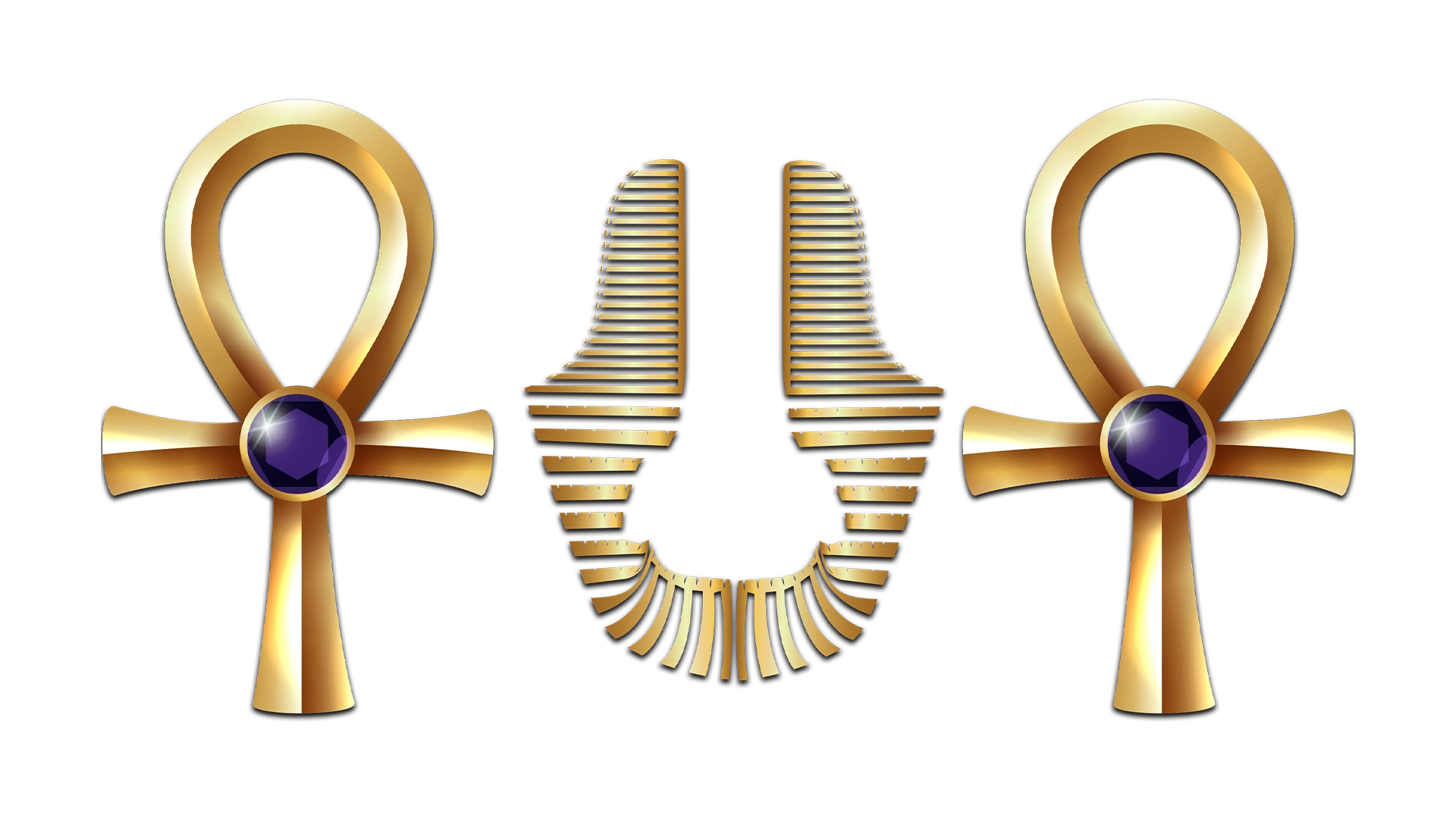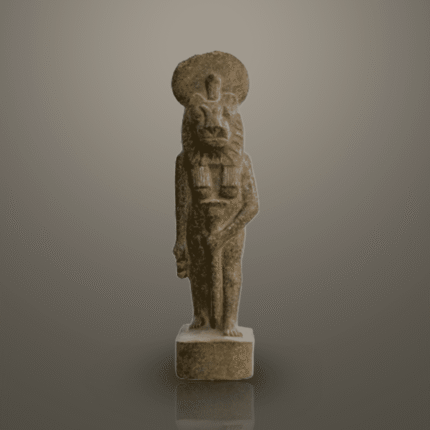King Ramses I: A Monumental Legacy of Ancient Egyptian Civilization
The statue of King Ramses I, one of ancient Egypt’s prominent pharaohs, is a powerful symbol of the grandeur and authority of pharaonic rule. King Ramses I played a significant role in Egypt’s history, laying the foundation for the famous Nineteenth Dynasty. The statue, made from durable granite, captures the majesty and strength of his reign. The figure, seated on a grand throne, portrays his royal stature, emphasizing his contributions to Egypt’s prosperity and culture.
This statue is not only an artistic marvel but also a representation of the political and cultural vision of the King. The intricate details of the statue, including the king’s regal facial features and the robust form of his seated figure, reflect the artistic skill of ancient Egyptian sculptors. The use of granite, a material associated with permanence, highlights the desire to immortalize the pharaoh’s legacy for generations to come.
Artistic Mastery and Historical Significance of King Ramses I
The statue of King Ramses I stands as a testament to the artistic mastery of the ancient Egyptians. Sculpted with remarkable precision, the statue showcases the royal attire and symbols of power, such as the crook and flail, which represent the king’s authority over the land and people of Egypt. The smooth surfaces and detailed carvings reveal the advanced techniques used by artisans during this period.
King Ramses I’s legacy as the founder of the Nineteenth Dynasty set the stage for future rulers, including his successor, Ramses II, who further expanded Egypt’s empire. Statues like this one were created to honor the king’s contributions and to ensure his name would be remembered throughout history. The King Ramses I statue not only serves as a historical artifact but also as a cultural symbol of Egypt’s power and influence.
Cultural and Religious Importance
In addition to its artistic value, the King held religious significance. The pharaohs were seen as divine rulers, and their statues were often placed in temples to honor them as gods on Earth. This statue likely served a similar purpose, reinforcing Ramses I’s role as both a political leader and a religious figure.
For more insights into King Ramses I and his impact on ancient Egyptian civilization, explore our Ancient Egyptian Pharaohs Guide. To discover similar artifacts, visit our Alabaster collection of Egyptian Pharaoh Statues.












Reviews
There are no reviews yet.